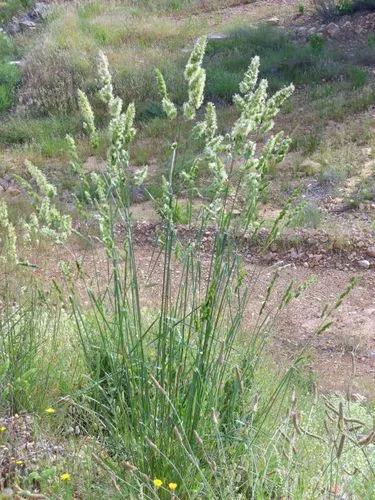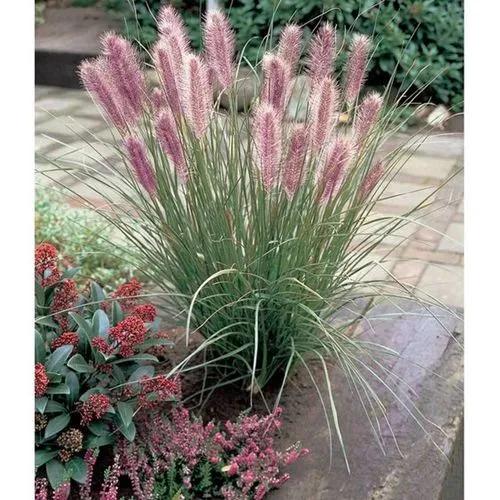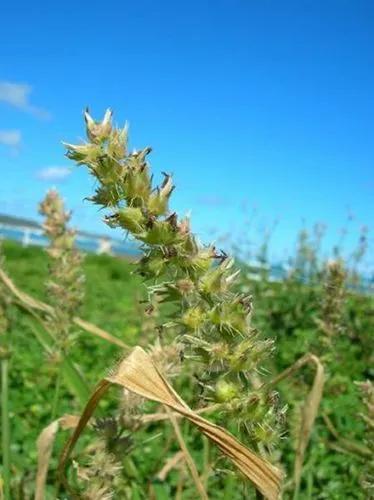Small smutgrass (Sporobolus indicus) is a tufted perennial grass native to tropical America. It occurs as a weed in many different areas, but is most problematic in pastures in the southern and western United States. Because smutgrass is unpalatable to livestock, animals avoid grazing it, and it quickly dominates irrigated pastures causing significant reductions in livestock grazing capacity.
Smut Grass, Small Smutgrass Care
Sporobolus indicus



Sporobolus indicus is a perennial bunchgrass producing a tuft of stems up to about a meter-3 feet tall. The hairless leaves are up to 50 centimeters long. The inflorescence is a dense, narrow, spikelike panicle of grayish or light brown spikelets, its base sometimes sheathed by the upper leaf.
The inflorescence and upper leaves are sometimes coated in black smut fungus of the genus Bipolaris, the reason for the common name smut grass.
This plant might be poisonous
How to get rid of: Glyphosate comes in different concentrations. Roundup Weather Max® (used in UC wiper applications) is 4.5 pounds/gallon, while original Roundup is 3 pounds/gallon. To get the same concentration we used in our tests, 1.5 times as much (4.5 / 3 = 1.5) standard Roundup will need to be added to the solution to match rates presented here. Thus, to reproduce the successful July treatment of 33% WeatherMax® (4.5 lbs/gallon) discussed below, a 50% mixture with original Roundup® would need to be applied.
How to Care for the Plant

Popularity

251 people already have this plant 5 people have added this plant to their wishlists
Discover more plants with the list below
Popular articles






